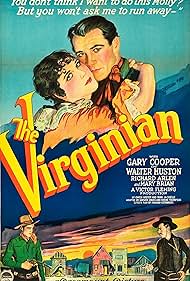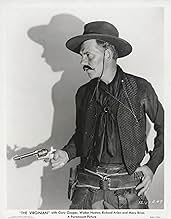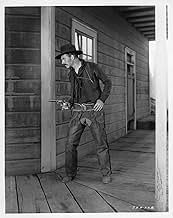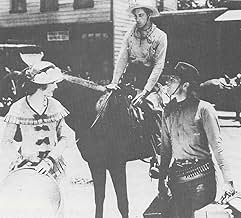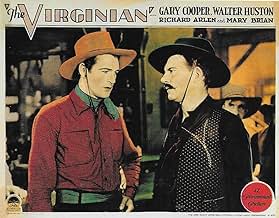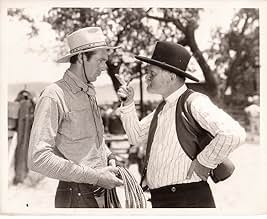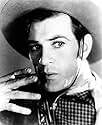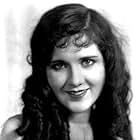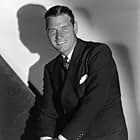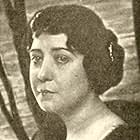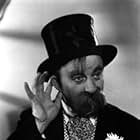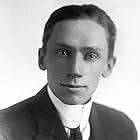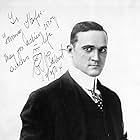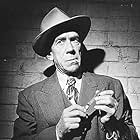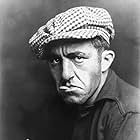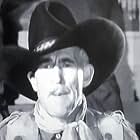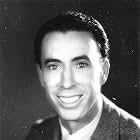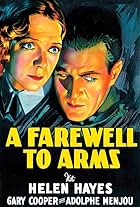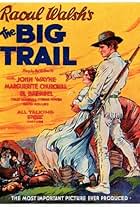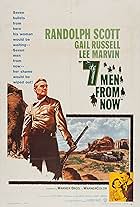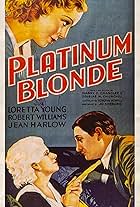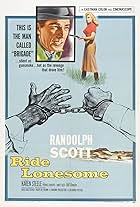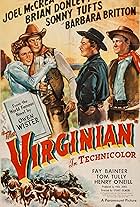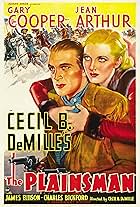A good-natured cowboy who is romancing the new schoolmarm has a crisis of conscience when he discovers that his best friend is engaged in cattle rustling.A good-natured cowboy who is romancing the new schoolmarm has a crisis of conscience when he discovers that his best friend is engaged in cattle rustling.A good-natured cowboy who is romancing the new schoolmarm has a crisis of conscience when he discovers that his best friend is engaged in cattle rustling.
- Awards
- 3 wins
- Saloon Singer
- (uncredited)
- …
- Little Boy
- (uncredited)
- Minor Role
- (uncredited)
- Student
- (uncredited)
- Fred
- (uncredited)
- Little Boy
- (uncredited)
- Bug Ears
- (uncredited)
- Little Boy
- (uncredited)
Storyline
Did you know
- TriviaGary Cooper's first all-talking film. He felt that sound would ruin him, believing his voice was not adequate to the task. This film turned him from a promising young leading man into a star, although he was not considered a superstar until Mr. Deeds Goes to Town (1936).
- GoofsWhen the posse spots the rustlers, The Virginian says that the posse will split into three parties, then splits them only in two.
- Quotes
Trampas: Well, who's talkin' to you?
The Virginian: I'm talkin' to you, Trampas!
Trampas: When I want to know anything from you, I'll tell ya, you long-legged son-of-a -...
The Virginian: [Trampas stops talking abruptly as the Virginian's pistol is pressed against his abdomen] If you want to call me that, smile!
Trampas: With a gun against my belly, I - I always smile!
[He grins broadly]
- Alternate versionsThis movie was also issued in a silent version, with film length of 2257.65 meters.
- ConnectionsFeatured in Born to the West (1937)
- SoundtracksPop! Goes the Weasel
(uncredited)
A 17th-century English children's song
Played at the dance
One such star was Gary Cooper. Coop had been around a while, working his way up from bit parts in the silent era, eventually garnering a few lead roles but not making a huge splash. The Virginian was his third sound picture but it was the one to make him a star. The title role allows him to show off the two main facets of his appeal – an assertive (but not uncouth) manliness, and a charming shyness around the opposite sex. However it is the quality of his voice that completes the persona, one of the warmest and most trustworthy voices ever recorded. You would happily follow that voice into battle, or let it talk to your kids. Such is Cooper's effortless demeanour and naturalism, you could believe he is an old pro, and he shows none of the stiltedness associated with early talkie performances.
On the other side of the camera we have director Victor Fleming, a man who has been largely ignored by film historians despite his importance, although thankfully that trend is starting to be reversed. Fleming did not compose the most elegant shots or weave in clever bits of symbolism, but his pictures are almost invariably excellent. His overriding principle seems to have been to never let the audience get bored. It's documented that Fleming coached his actors a fair bit, and it appears the main thrust of his coaching was to make them act at a snappy pace. There are few pauses in a Fleming picture, and sound is particularly useful to him, because we can hear the actors spit their dialogue at each other or punctuate the drama with gunshots and slammed-down whiskeys. Whenever a scene threatens to drag, Fleming literally keeps it moving. For example, when Cooper and co. first meet Mary Brian, the train she is on keeps chugging along, keeping some constant movement in the shot. Whenever the actors stand still, he has a horse or an extra trot past in the background.
But Fleming is wise enough to know when to calm things down, and indeed the more sedate scenes have a greater impact after the usual flurry of action. When Cooper and Brian sit together among the trees, the only movement is the wind gently rustling their clothing, giving a quiet tenderness to the moment without quite allowing things to be completely still. The real highlight is the overwhelmingly poignant hanging scene, composed almost entirely of facial close-ups, highlighting the different emotions. The sequence seems eerily drawn out, but again without the drama slowing to a standstill.
The view of the Old West we get in this version of The Virginian is not quite the romantic evocation of freedom tinged with danger that we normally see in the genre. While the picture does display a kind of moral simplicity (notice for example how all the good guys wear white, and the bad guys black, with the occasional moustache just to clarify) it is an incredibly mature and almost bitter portrayal. Fleming, Cooper and the rest of the cast have really brought out the tragic aspects of Owen Wister's novel, the sense of loss and betrayed friendship. But this is far from a melancholy meditation. They have also given punch and excitement to the presentation, something which works equally well for action sequences like the tense final standoff, as it does for dramatic scenes, such as the verbal showdown between Mary Brian and Helen Ware. You will not be bored for one minute. And who says the talkies were static?
- How long is The Virginian?Powered by Alexa
Details
Box office
- Budget
- $425,000 (estimated)
- Runtime1 hour 31 minutes
- Color
- Aspect ratio
- 1.20 : 1
- 1.37 : 1
Contribute to this page

